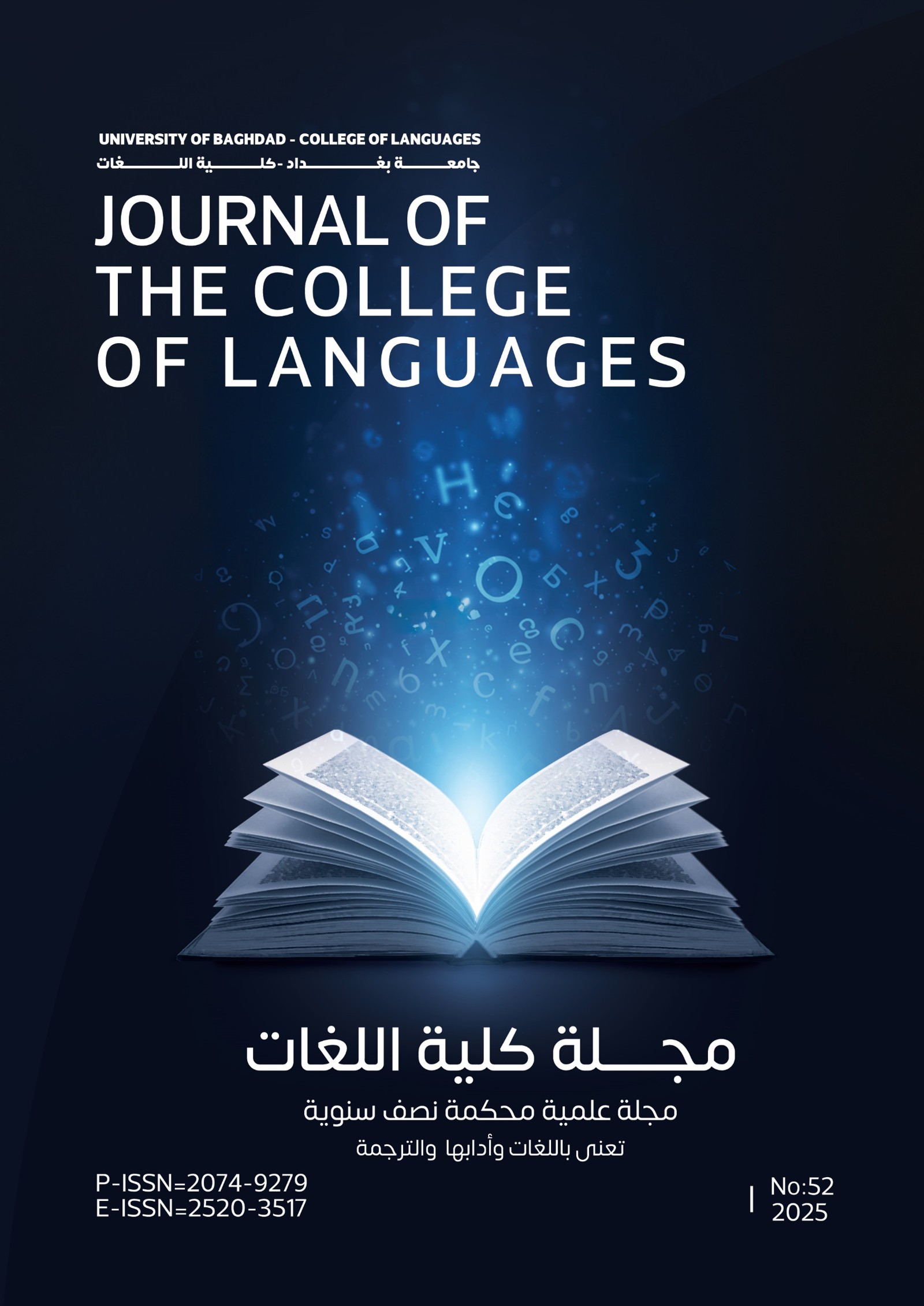A Study of Collocation in English
Abstract
We used to think of grammar as the bones of the language and vocabulary as the flesh to be added given that language consisted largely of life generated chunks of lexis. This “skeleton image” has been proverbially used to refer to that central feature of lexis named collocation- an idea that for the first 15 years of language study and analysis gave a moment‟s thought to English classroom material and methodology.
The work of John Sinclair, Dave Willis, Ron Carter, Michael McCarthy, Michael Lewis, and many others have all contributed to the way teachers today approach the area of lexis and what it means in the teaching/learning process of the language. This also seems to have incorporated lexical ideas into the teaching mechanism and highlighted that the present knowledge of the nature of English lexis and collocation in particular raises a set of important issues for teachers in the first place. Such issues are:
1. Given that grammar still rules the sentence, lexis should be one of the principle organizing parts of the syllabus;
2. The need for different strategies for vocabulary learning at different stages of learning, both in and outside the classroom;
3. The need for more developed techniques that would help the students record and store lexis in ways that could enable them to retrieve and revise the proper words for examinations, i.e., lead them to become „lexis collectors‟.
30
4. The need for a fresh look at bilingual dictionaries every now and then given that conventional dictionaries cannot give all the information necessary about collocation.
5. Lexis is an area where literal translation is often impossible; a collocation in English may be totally different in Spanish or German and thus the implication of translation should not be discarded as it is essential in English. (The translation skills of the non-native speaking teachers must be recognized in this area.)
6. The two main components of language (grammar and vocabulary) merge into one another and the dividing line is much less clear cut than teachers and textbooks often operate; yet accuracy must be treated as a late-acquired skill.







